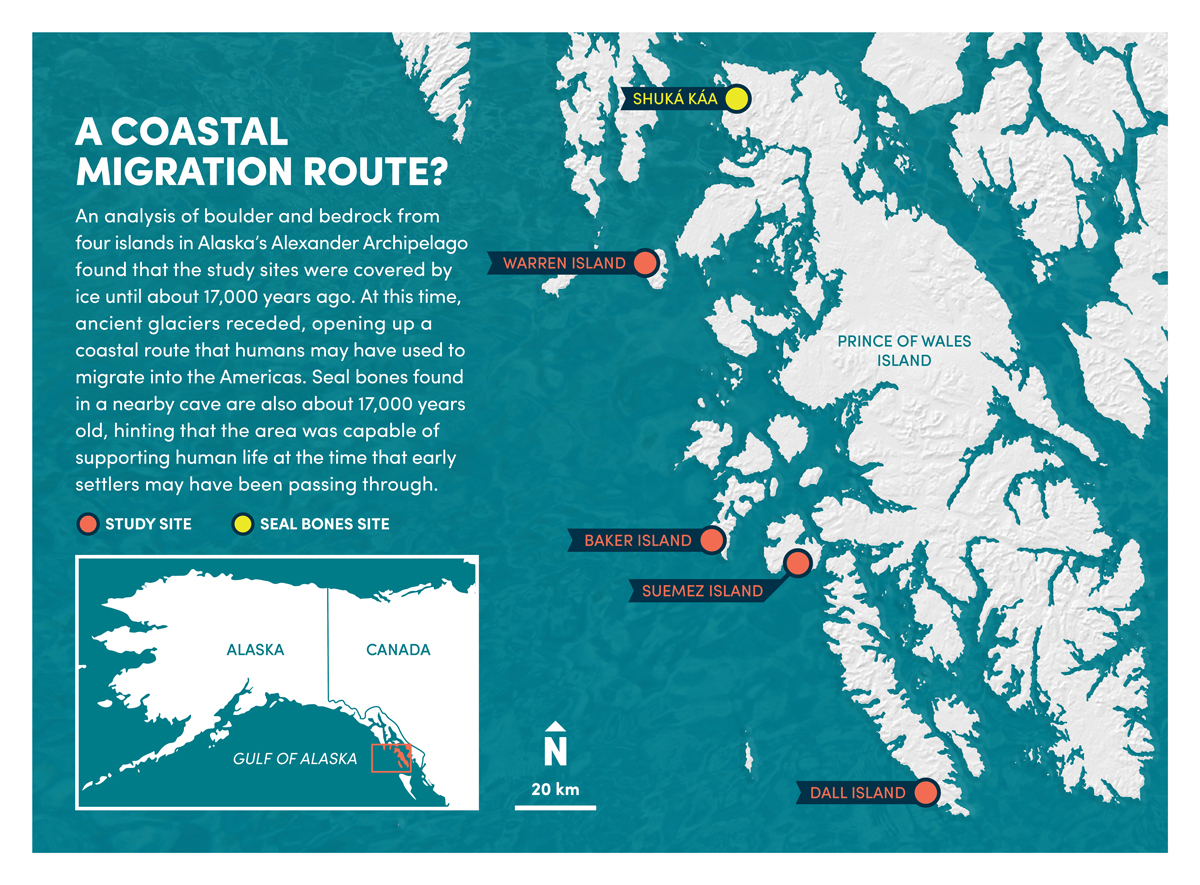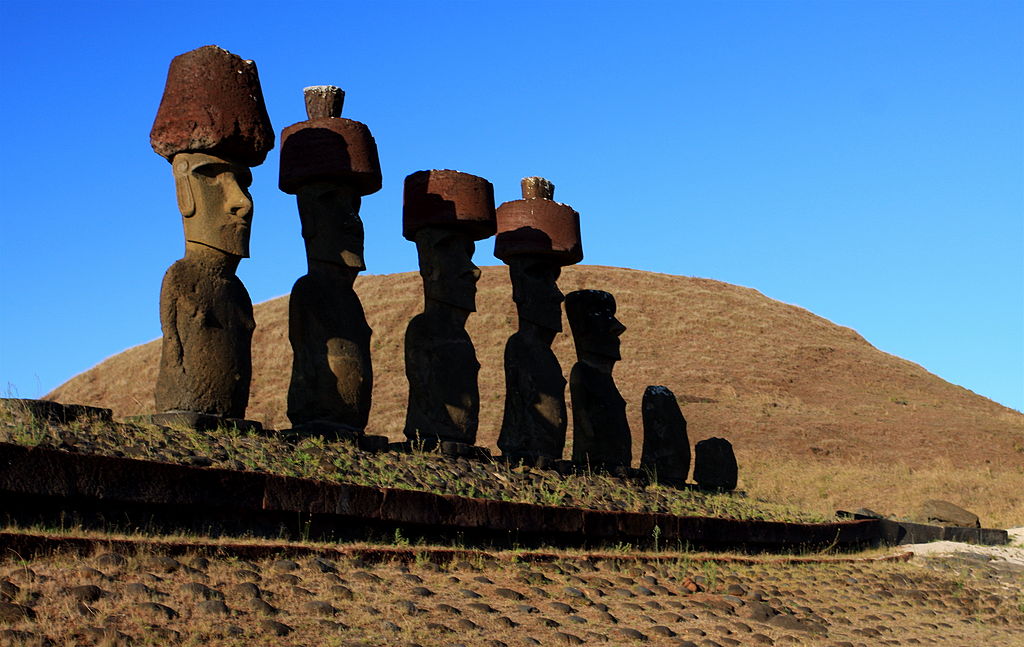 Image credit: Amy Smith[/caption]
Image credit: Amy Smith[/caption]
A unique genetic history
Iceland’s first settlers arrived from Norway, Britain and Ireland between 870 and 930 AD. In just over 1,000 years, its population has grown modestly to 330,000. Opportunities to directly study the founding of a human population and its subsequent evolutionary history are rare. With such a small, isolated population with some inbreeding, it is often considered a particularly interesting subject for genetic studies. CSIC researcher Carles Lalueza-Fox from the Institute of Evolutionary Biology explains: “This work takes an in-depth look at the process which makes small, isolated populations go through random changes in their genetic variability over time. Present-day Icelanders have been affected by 1,100 years of profound genetic drift. This means they are more similar to each other, yet different to modern populations of continental Europe.”Gender bias in Iceland
deCODE Genetics, a Reykjavik biotechnology firm, contributed seven centuries’ worth of genelogical records to the study. The information confirms a gender bias in the population of Iceland. “The settlers of Celtic origin had fewer offspring compared with those of Norwegian origin. This is probably because there were more men of Scandinavian origin compared to more women – who would probably have come to the country as slaves and servants – from Scotland and the rest of Britain,” explains Lalueza-Fox. Sunna Ebeneserdóttir, a researcher from deCODE Genetics, continues: “We have always known that Icelanders descended from Norwegians and Celts, and the analysis of the ancient genomes from the first colonists allows us to see what they were like, both before mixing started, as well as throughout the whole process.” [caption id="attachment_8691" align="aligncenter" width="500"] Image credit: Amy Smith[/caption]
Image credit: Amy Smith[/caption]






